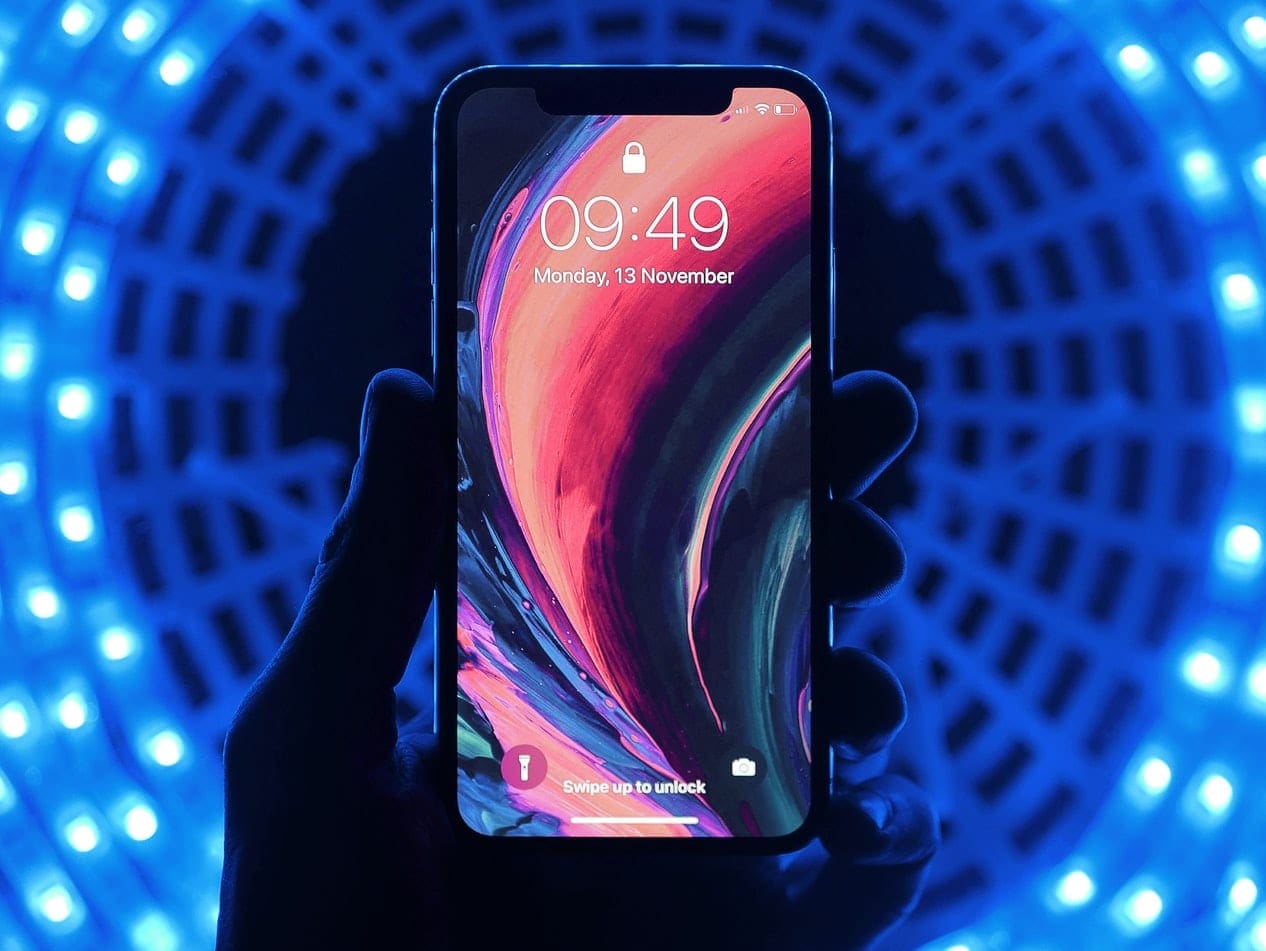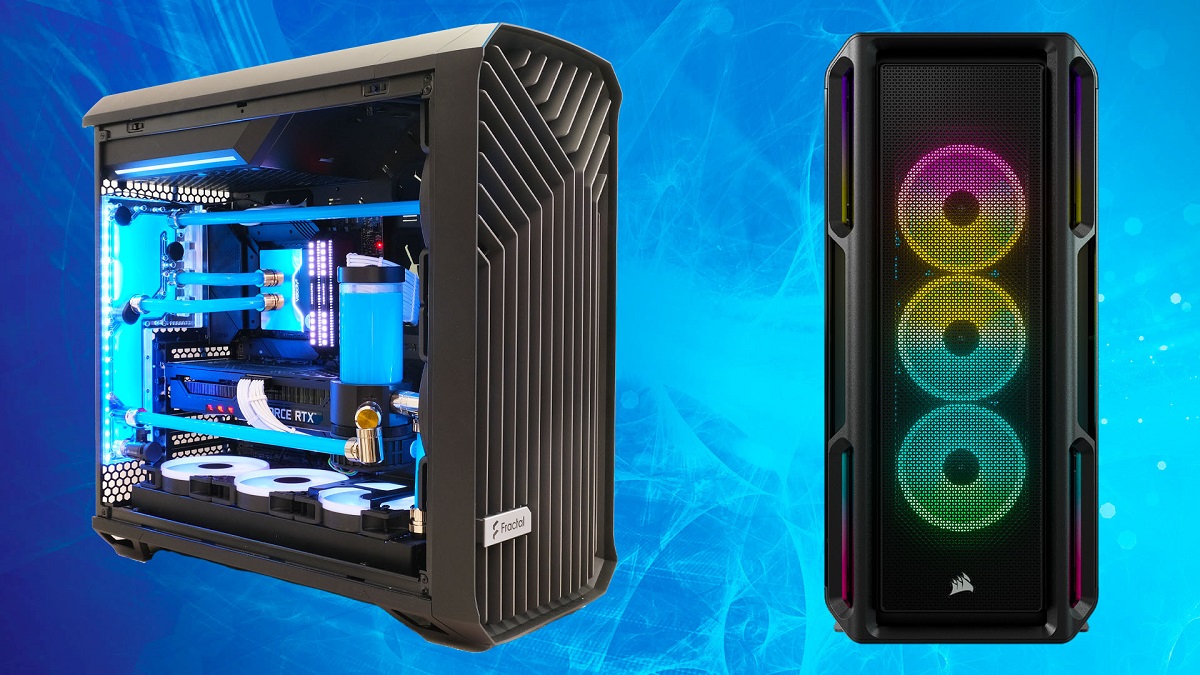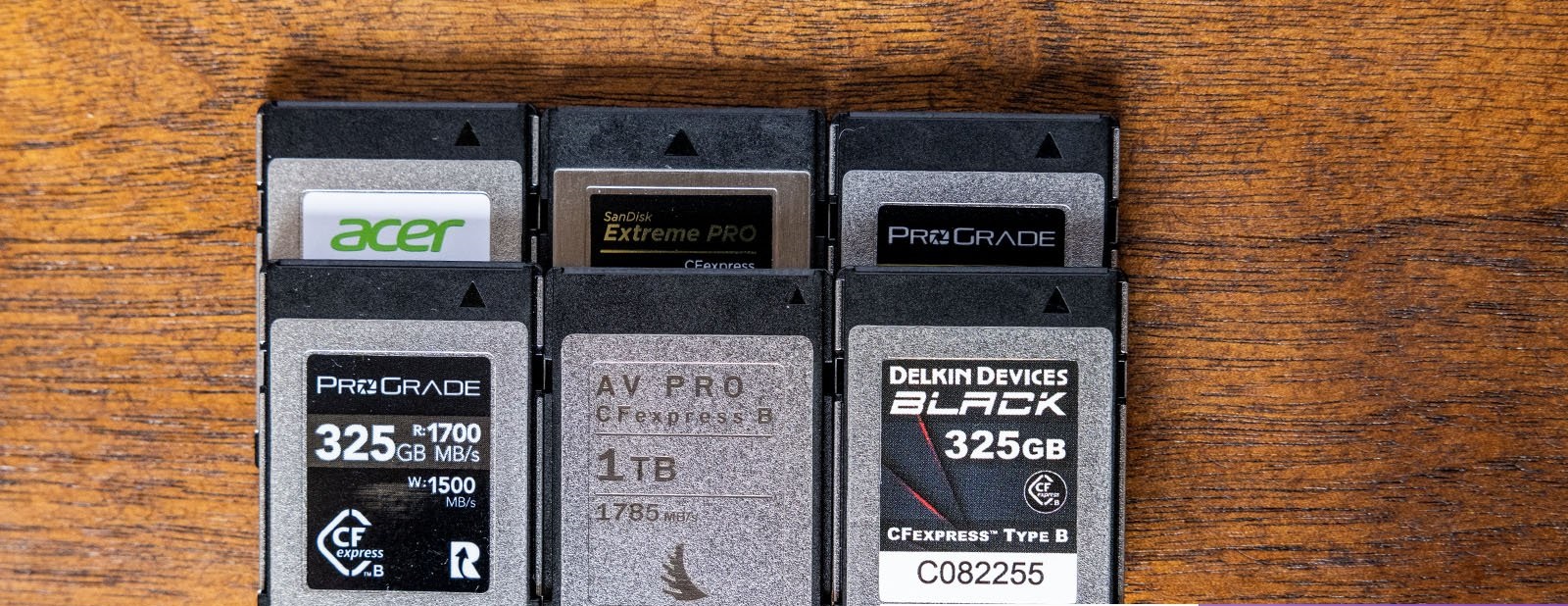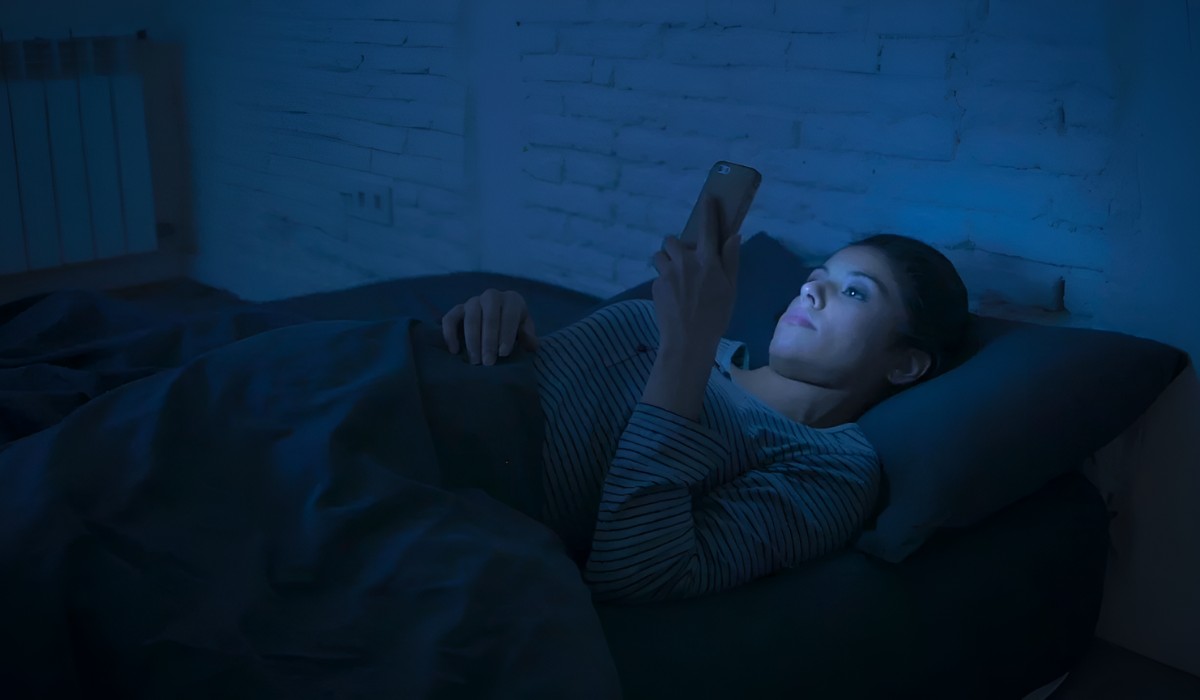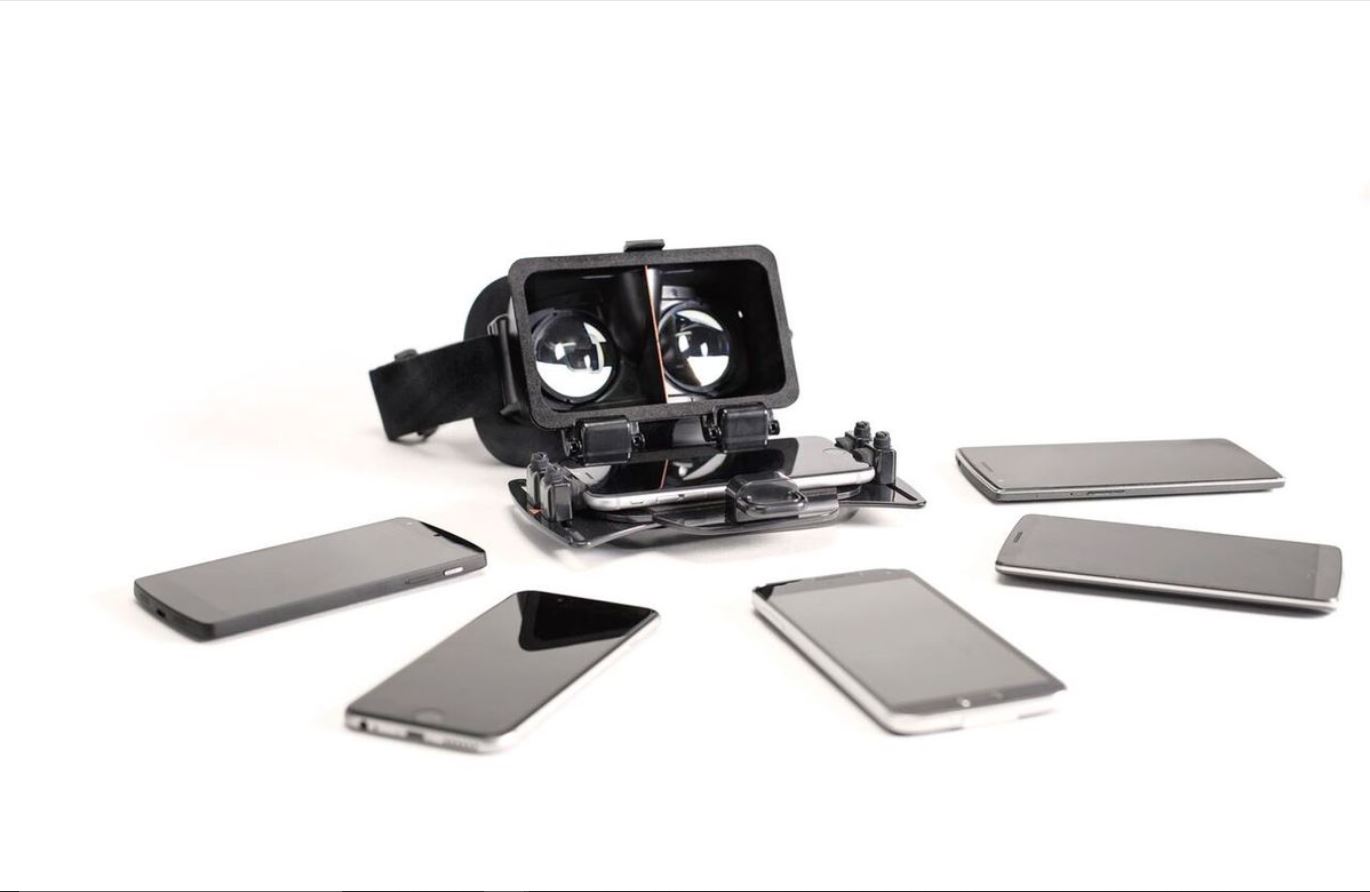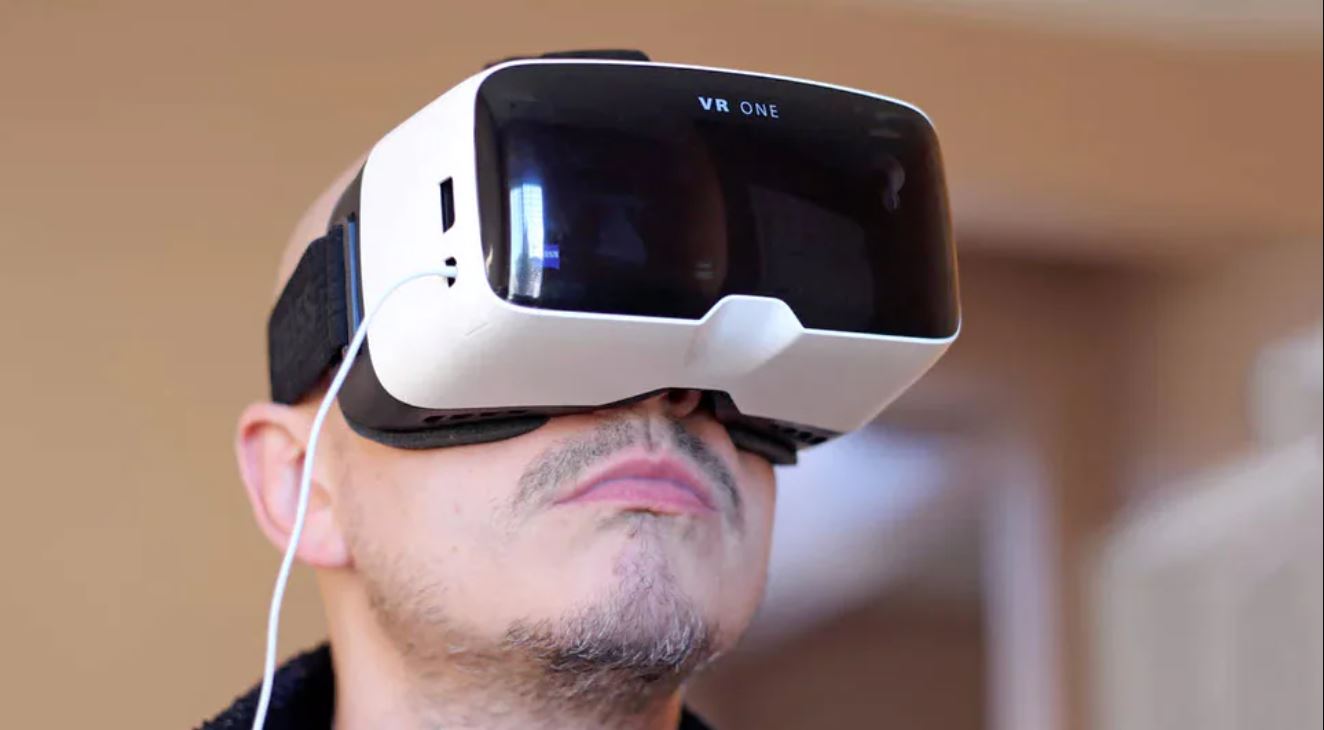Introduction
In today's digital age, our reliance on smartphones has skyrocketed, with these devices becoming an integral part of our daily lives. From staying connected with loved ones to managing work tasks and accessing a world of information, smartphones have revolutionized the way we interact with the world. However, this increased usage has raised concerns about the potential negative effects of smartphone screens, particularly the emission of blue light.
The pervasive presence of blue light emitted from smartphone screens has sparked conversations about its impact on our health and well-being. As a result, many individuals are seeking effective solutions to mitigate the potential adverse effects of prolonged exposure to this type of light. In this article, we will delve into the world of blue light and its implications for our health, focusing on the specific context of iPhone usage. Furthermore, we will explore quick and practical fixes to help you reduce blue light exposure from your iPhone, ultimately promoting a healthier digital lifestyle.
By gaining a deeper understanding of the implications of blue light and learning actionable strategies to minimize its impact, you can empower yourself to make informed decisions about your smartphone usage. Let's embark on this enlightening journey to uncover the secrets of blue light and discover practical remedies to safeguard our well-being in the digital realm.
Understanding the Blue Light Effect
Blue light, a high-energy visible (HEV) light, is a prominent component of the visible light spectrum. It is emitted not only by the sun but also by digital screens, including those of iPhones. When we interact with our smartphones, we are exposed to this blue light, which has a shorter wavelength and emits higher energy compared to other colors in the spectrum.
The impact of blue light on our eyes and overall well-being is a subject of growing interest and concern. Unlike other colors of light, blue light scatters more easily, leading to glare and reducing contrast. This can result in digital eye strain, also known as computer vision syndrome, which encompasses a range of symptoms such as dry eyes, headaches, blurred vision, and difficulty focusing.
Moreover, prolonged exposure to blue light, especially during evening hours, can disrupt our circadian rhythm by suppressing the production of melatonin, the hormone responsible for regulating sleep-wake cycles. This interference can lead to sleep disturbances and contribute to the prevalence of insomnia.
Furthermore, studies suggest that excessive exposure to blue light may have long-term implications for eye health, potentially increasing the risk of age-related macular degeneration (AMD), a progressive condition that can lead to vision loss.
In the context of iPhone usage, the prevalence of blue light exposure is particularly significant due to the widespread integration of smartphones into various aspects of our lives. Whether we are browsing social media, reading e-books, or engaging in video calls, our iPhones serve as constant sources of blue light exposure.
Understanding the pervasive nature of blue light emitted by iPhone screens is crucial for making informed decisions about managing our digital habits. By recognizing the potential impact of blue light on our eyes and sleep patterns, we can take proactive steps to mitigate its effects and prioritize our well-being in the digital age.
The Impact of Blue Light on Your Health
The impact of blue light on our health extends beyond its immediate effects on visual comfort and sleep patterns. Prolonged exposure to blue light, particularly from smartphone screens like the iPhone, can have significant implications for our overall well-being.
Visual Discomfort and Eye Strain
When we engage with our iPhones, we subject our eyes to prolonged exposure to blue light, which can lead to digital eye strain. This condition, also known as computer vision syndrome, encompasses a range of symptoms such as dry eyes, headaches, blurred vision, and difficulty focusing. The high-energy blue light scatters more easily than other colors, leading to glare and reduced contrast, thereby contributing to visual discomfort during extended screen time.
Disruption of Circadian Rhythm
One of the most profound impacts of blue light on our health is its potential to disrupt our circadian rhythm. The blue light emitted by iPhone screens, especially during evening hours, can suppress the production of melatonin, a hormone crucial for regulating our sleep-wake cycles. As a result, excessive exposure to blue light in the evening can interfere with our ability to fall asleep, leading to sleep disturbances and contributing to the prevalence of insomnia.
Long-Term Implications for Eye Health
In addition to immediate discomfort and sleep disruptions, excessive exposure to blue light may pose long-term risks to eye health. Research suggests that prolonged and intense exposure to blue light could increase the risk of age-related macular degeneration (AMD), a progressive condition that can lead to vision loss. This underscores the importance of considering the potential cumulative effects of blue light on our eyes, especially in the context of consistent iPhone usage.
The pervasive integration of smartphones into various aspects of our lives amplifies the impact of blue light on our health. Whether we are checking emails, browsing social media, or engaging in video calls, our iPhones serve as constant sources of blue light exposure, warranting a closer examination of its implications for our well-being.
By understanding the multifaceted impact of blue light on our health, particularly in the context of iPhone usage, we can make informed decisions to mitigate its effects and prioritize our overall well-being in the digital age.
Quick Fixes for Removing Blue Light from Your iPhone
As the prevalence of blue light exposure from iPhone screens continues to raise concerns about its impact on our health, it becomes imperative to explore practical and effective solutions for mitigating this issue. Fortunately, there are several quick fixes that can significantly reduce blue light emission from your iPhone, promoting a more comfortable and visually-friendly digital experience.
1. Enable Night Shift Mode
Night Shift mode, a feature integrated into iOS, offers a straightforward solution to reduce blue light emission from your iPhone screen. By enabling Night Shift, the color temperature of the display is automatically adjusted to appear warmer, thereby minimizing the intensity of blue light. This feature allows you to customize the schedule for Night Shift activation, ensuring that your iPhone screen emits warmer tones during evening hours, aligning with your natural circadian rhythm.
2. Use Blue Light Filtering Apps
Numerous third-party applications are designed to filter blue light from smartphone screens, offering additional flexibility and customization options. These apps enable you to adjust the intensity of blue light filtering based on your preferences, providing a tailored approach to managing blue light exposure. By leveraging these apps, such as Twilight and f.lux, iPhone users can exert greater control over their screen's blue light output, optimizing visual comfort and minimizing potential health impacts.
3. Invest in Blue Light Blocking Screen Protectors
For individuals seeking a physical solution to reduce blue light exposure from their iPhone screens, blue light blocking screen protectors offer a practical remedy. These specialized screen protectors are designed to filter out a significant portion of blue light emitted by the display, effectively reducing the impact of blue light on visual comfort. By applying a blue light blocking screen protector to your iPhone, you can create a protective barrier against excessive blue light, enhancing your overall viewing experience.
4. Adjust Display Settings Manually
In addition to utilizing built-in features and third-party apps, iPhone users can manually adjust their display settings to reduce blue light emission. By accessing the display settings, you can modify the color temperature and brightness levels to create a more visually soothing environment, minimizing the harshness of blue light. This hands-on approach empowers users to tailor their screen's display characteristics according to their specific preferences, offering a personalized solution for managing blue light exposure.
5. Prioritize Screen-Free Time
While implementing technological solutions to reduce blue light exposure is essential, it is equally important to prioritize screen-free time. By consciously incorporating periods of digital detox into your daily routine, you can minimize overall exposure to blue light and promote healthier habits. Engaging in activities that do not involve screen usage, such as reading physical books or enjoying outdoor pursuits, allows your eyes to rest and recover from the effects of prolonged screen time, contributing to a more balanced digital lifestyle.
By embracing these quick fixes and integrating them into your iPhone usage habits, you can effectively minimize blue light exposure and its potential impact on your health. These practical solutions empower you to take proactive steps toward creating a more visually comfortable and health-conscious digital environment, ultimately enhancing your overall well-being in the digital age.
Conclusion
In conclusion, the pervasive presence of blue light emitted from smartphone screens, including those of iPhones, has prompted a heightened awareness of its potential impact on our health and well-being. As we navigate the digital landscape, the implications of prolonged exposure to blue light have garnered significant attention, leading to a quest for practical solutions to mitigate its effects.
By gaining a deeper understanding of the multifaceted impact of blue light, particularly in the context of iPhone usage, we are equipped to make informed decisions about managing our digital habits. The quick fixes presented in this article offer actionable strategies to reduce blue light exposure from iPhones, promoting a more visually comfortable and health-conscious digital experience.
From enabling Night Shift mode and utilizing blue light filtering apps to investing in blue light blocking screen protectors and prioritizing screen-free time, iPhone users have a range of effective solutions at their disposal. These practical remedies empower individuals to take proactive steps toward minimizing the potential adverse effects of blue light, ultimately prioritizing their overall well-being in the digital age.
Furthermore, the integration of these quick fixes into daily iPhone usage habits serves as a testament to the proactive approach individuals can adopt in safeguarding their visual comfort and sleep patterns. By embracing these solutions, users can create a more balanced and mindful digital lifestyle, harmonizing their technological interactions with their well-being.
As we continue to harness the power of smartphones in various aspects of our lives, it is essential to recognize the importance of managing blue light exposure to promote healthier digital habits. By leveraging the insights and practical strategies outlined in this article, individuals can embark on a journey toward a more visually comfortable, health-conscious, and sustainable digital experience with their iPhones.
In essence, the quest to minimize the impact of blue light from iPhone screens is not merely a technical endeavor but a holistic pursuit of well-being in the digital age. By integrating awareness, informed decision-making, and practical solutions, individuals can navigate the digital landscape with greater mindfulness and prioritize their health while embracing the transformative potential of smartphone technology.







